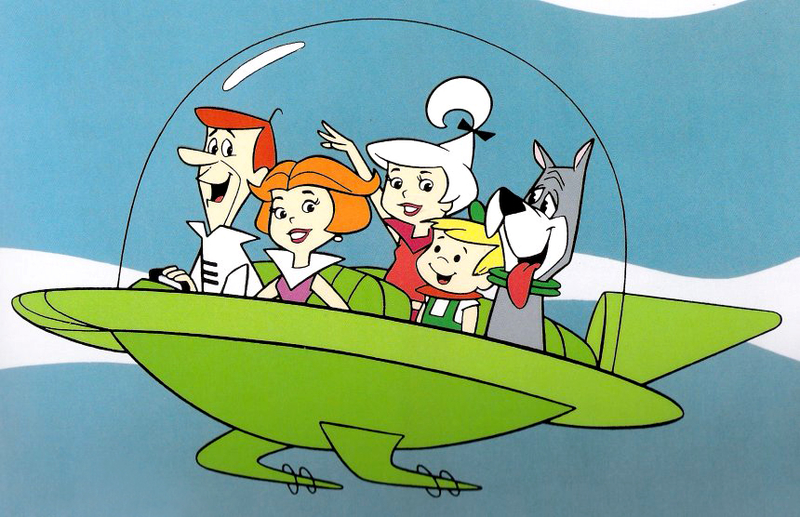
With the press of a button, this machine would make you whatever you want to eat in seconds. What then was just a writer’s imagination is today what is sure to be the near future’s first and even cheapest form of production. Yes! The 3D printer exists today.
It’s no longer just a cartoon dream, it can print food, buildings, cars, toys, and just about anything a person can think of. 3D printers have sass, and there is nothing they can’t do. Don’t believe us? Check out these examples below.
What Came First, the Chicken or the Egg?
The answer to this age-old question is finally going to come to an end with the help of a technology known as Cellular Agriculture.
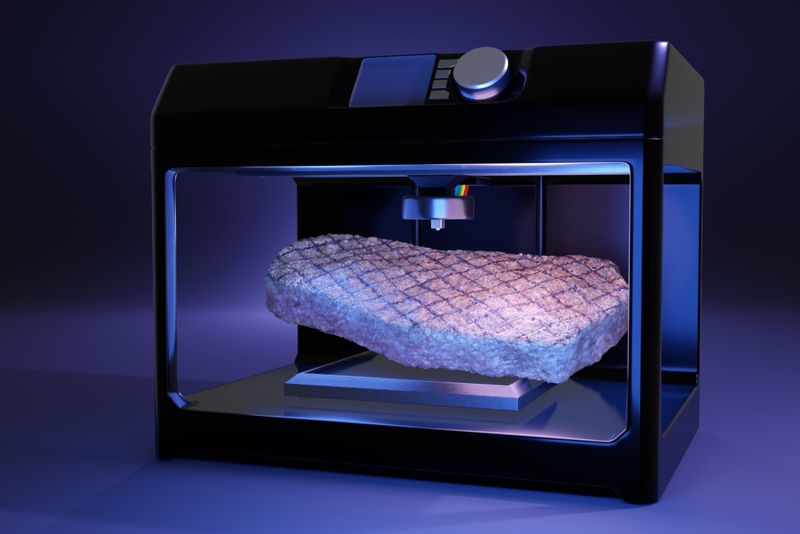
With it, scientists today can do so much with food. For instance, they can take the genome of a chicken and turn it into a ready-to-cook chicken breast or that of a cow and print a ready-to-eat burger in a matter of minutes. They can also take culture cells from various plants and make fresh jams out of them.
The Danger of Your Average Pizza Box
Climate change, world conflicts, and supply chain crises are all pressing issues that will be here to stay with us for many years to come and put mankind in a downward spiral toward societal regression. 3D printing will change that trajectory on all fronts.
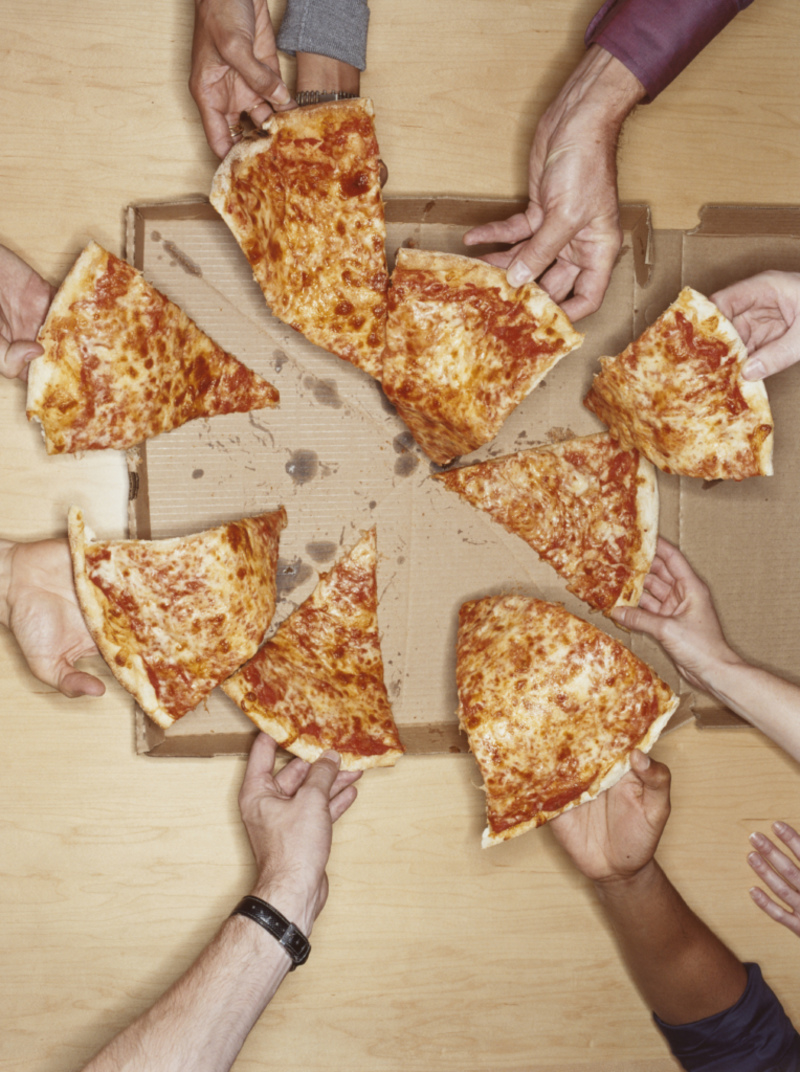
Your average pizza box may look like a harmless cardboard box, but it actually has a carbon footprint of 200 grams per box of CO2 emissions. That may not seem like too much, but if you consider that there is an average of 3 billion pizza boxes made every year around the world, that’s a lot of pollution. With the use of 3D printers, all these types of products would be made locally instead of being shipped around the world.
“But 3D Printers Use Energy Too, What’s the Difference?”
It’s actually quite the difference. First of all, everything has a carbon footprint. According to Nature.org, the average American has a carbon footprint of 16 tons yearly. That’s the same weight as two whales or 21 cows. That order of pizza boxes that came in from the other side of the world was made by many people in a factory, all with their own carbon footprint.
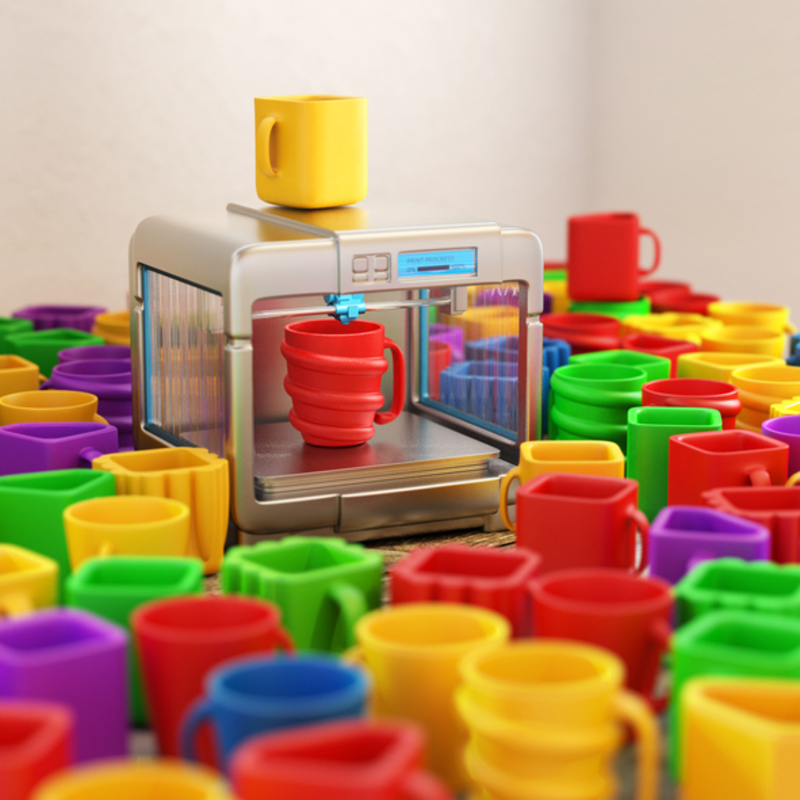
The factory needs a lot more energy to keep running and requires energy to build in the first place. The transport crew on the tanker hauling the boxes has a carbon footprint. It’s a chain of reliance that doesn’t end and chokes the earth. So, yes, a 3D printer may not be perfect. Still, once it has been created, it does not continue the chain of reliance on anything else but a small amount of electricity and materials, which positively impacts environmental improvement worldwide.
“And What About World Conflicts?”
You don’t need to read up too much on history to understand that many conflicts are waged over materials, minerals, diamonds, gold, oil, and even spices. A 3D printer gives access to all of these nation-shaping resources to everyone.
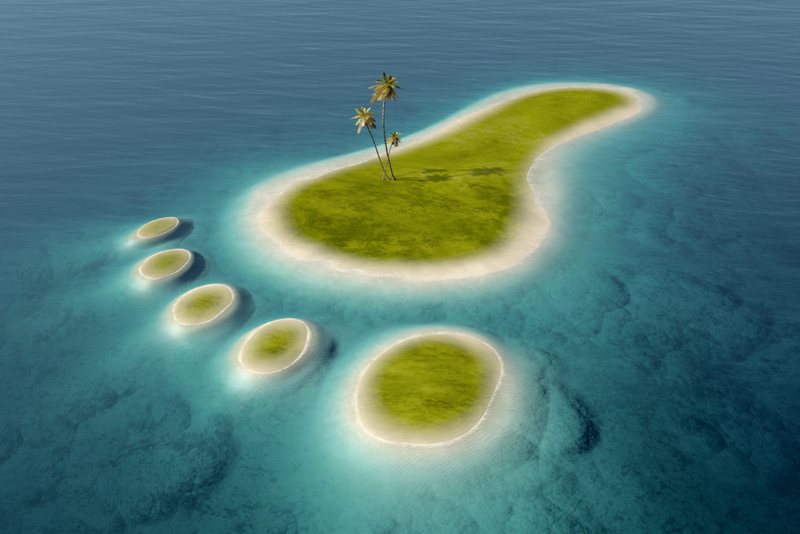
Countries with no gold can print gold, and countries with no building materials can print them too. Everyone can just print what they need, and if everyone has what they need, what reason is there left to fight?